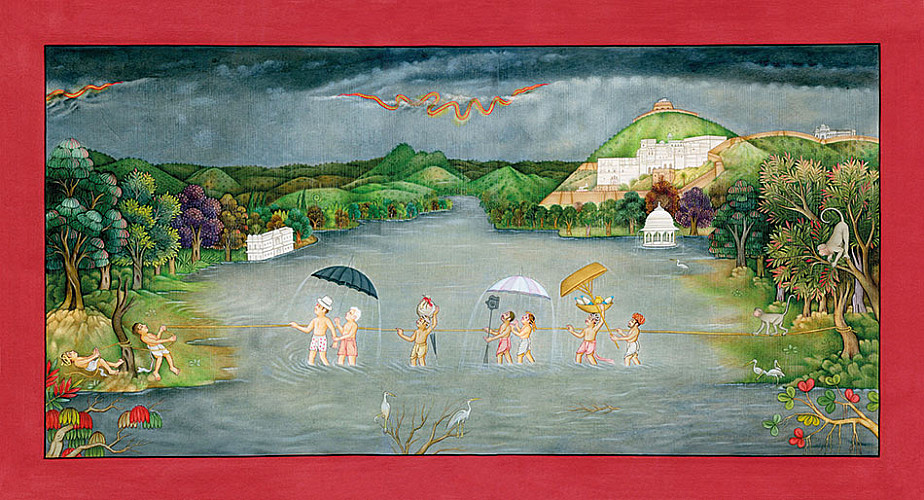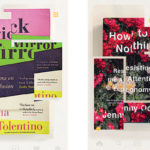Artist Waswo X. Waswo On Breezes, Scents And Shining Stars

My favourite scene in Ciro Guerra’s film Embrace of the Serpent is the moment when German ethnologist Theodor Koch-Grünberg suspects a group of Amazonian tribals of having stolen his compass. He becomes more and more frantic in his demands that it be returned. Finally, after many pleadings by his guide Manduca to simply let it go, he gives up and leaves. The viewer assumes the importance of the compass was that the ethnologist needed it for navigation, but then he exclaims to Manduca, ‘It is all lost! They will forget what they know! Now they know how to navigate by the winds, the fragrances and the stars! And soon they will forget!’
As I watched this scene unfold in the theatre I couldn’t help but think of my own intrusion into the world of Rajasthani miniature painting. After a decade of collaboration with Rakesh Vijayvargiya, the one-time bazaar painter now better known as R. Vijay, I begin to realise the changes to the Udaipur scene that have been wrought. Badly painted copies of fedora-topped tourists, holding cameras, have begun to appear in the tourist shops. Most of the time they are black-hatted, and their camera-wielding activities subtly sinister. Though I know such imagery dates back to at least the murals of Shekhawati, and the occasional tourist has certainly asked to be painted into a miniature long before I came on the scene, the popularity of its sudden resurgence seems suspicious. Artists who serve the tourist market serve the commissioning agents, and shopkeepers are in business not to preserve traditions, but to support their families. Perhaps the success of the miniatures that Rakesh and I create has fuelled the logic that this eye-on-the-foreigner motif in Rajasthani paintings has been an overlooked market.
It’s easy to believe that the fragrance, the wind and stars of the Mewari miniature tradition have drifted away many decades ago. Any connoisseur with a purist bent will point out that with the advent of the camera in the royal courts began the devaluation of painting, and with the removal of government stipends for princely rulers, patronage of artists waned to nearly zero. It was the tourist market that eventually reinvigorated Mewari miniatures, albeit in a mass-produced and highly commercialised kind of way. That’s not to say that individual painters did not carry on tradition, and traditions, both technical and stylistic, were not still passed from guru to chela within the workshops. In parts of Rajasthan, miniaturists of great painterly finesse still work diligently toward blindness. But as one of the artists I work closely with tells me, “I advise young people to look for a different profession these days; there is no future in traditional miniatures.”
In such a scenario, the contemporary miniature might be a compass that points the way. It is only natural that artistic practices evolve and transform. Art is a life form; it must adapt or die. It is only hoped, that even with a compass in hand, artists remain attuned to the breezes, the scents, and the stars that shine.
Related posts from Verve:
Verve Trending
Sorry. No data so far.
us on Facebook to stay updated with the latest trends





